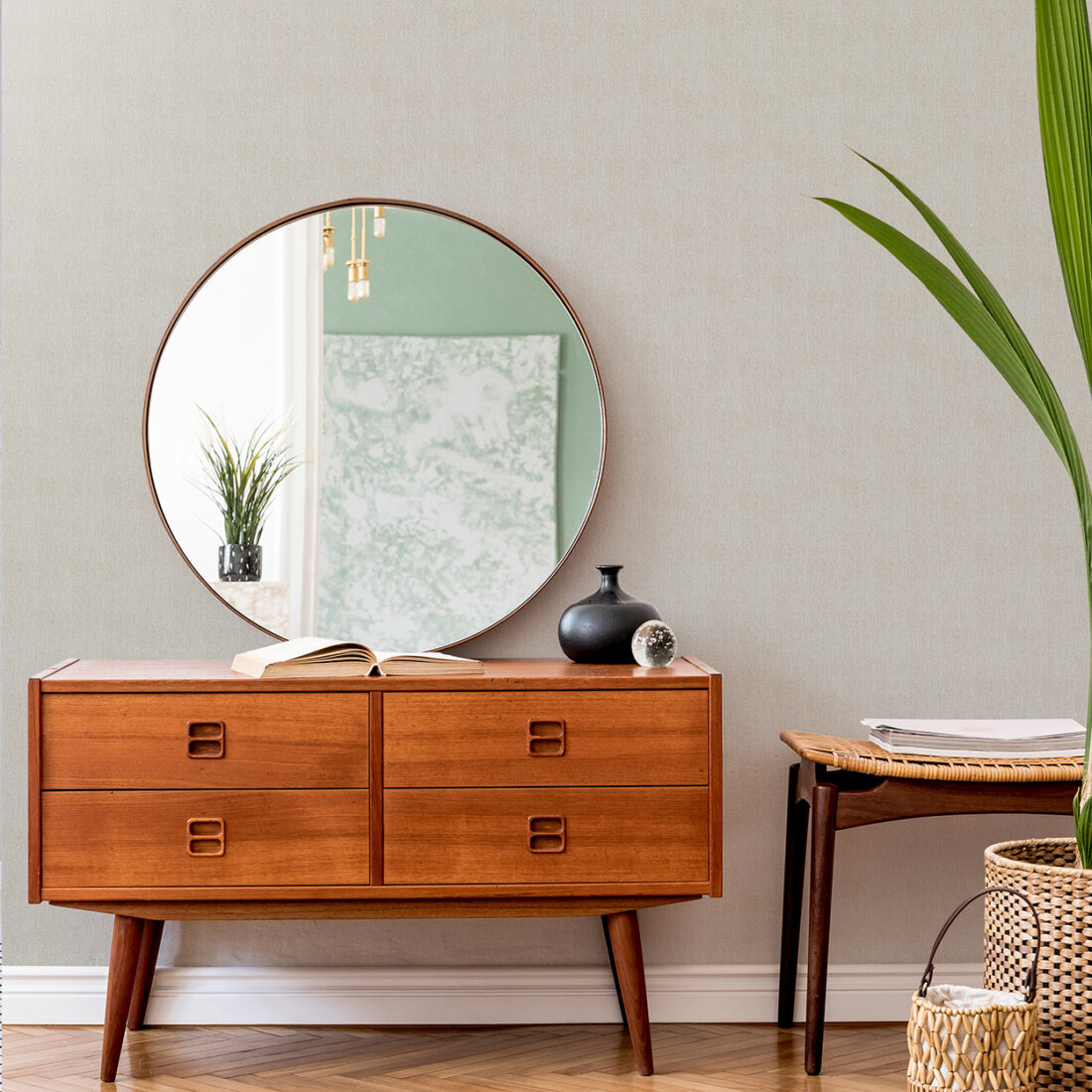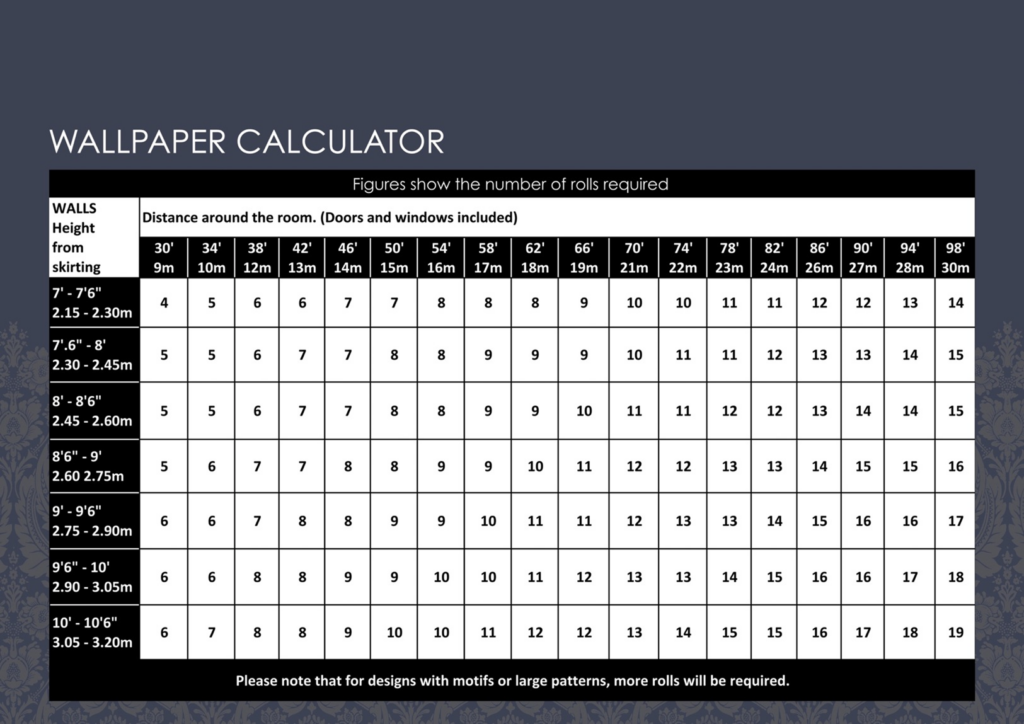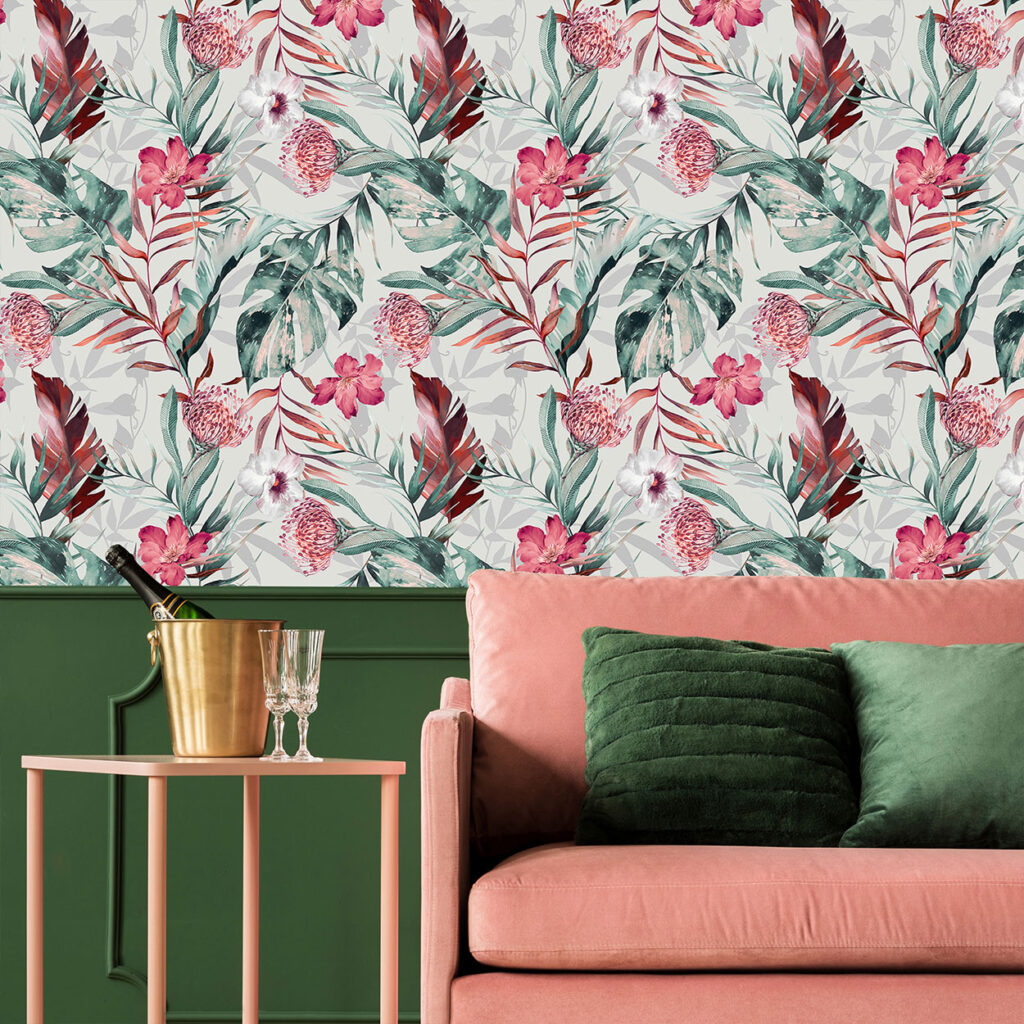Paint & Decorating, DIY & Building
How to Hang Wallpaper: A Step by Step Guide

If you're looking to give your room a fresh new look, hanging wallpaper is a great way to do it. It may seem daunting at first, but with the right tools and a little bit of patience, you can transform any room in your home with some beautiful, textured wallpaper.
Why Wallpaper?
Wallpaper is a great option as it gives texture, pattern and colour to a wall and we have many different styles to choose from. From soft and subtle papers suitable for all 4 walls to vibrant colours and textures for a bolder look suitable for feature walls. Wallpaper is quicker to decorate a room with than many people think, especially with Paste the Wall papers as they do not shrink, allowing you to hang a dry roll directly to a pasted wall. Textured wallpapers can be used to cover imperfections and blemishes as well as uneven surfaces which is great for older properties.
Step by Step Guide:
Step 1: Preparation
Firstly, you need to prepare walls thoroughly for papering - surfaces should sound, clean and dry.
- Strip old wall coverings. A wallpaper stripper can be used to do this, leave to soak then strip off using a wallpaper scraper. Scratch the surface of embossed papers with a wire brush.
- Wash the walls to remove residue, fill in and smooth cracks and small holes.
- Vinyl papers can be peeled off. If backing paper is sound it may be left on.
- New plaster and porous surfaces should be sealed or ‘sized’ using a diluted paste containing fungicide – see instructions on paste.
- Complete all painting first, its easier to wipe paste off paint than paint off wallpaper.
Step 2: Measure the Wall
The next step is to measure your walls so that you can calculate how much wallpaper you will need!
- Use a tape measure to measure the length and width of each wall to the nearest centimeter and use the below calculator to figure out how many roles you will need.
 Wallpaper Calculator
Wallpaper CalculatorStep 3: Applying the Wallpaper
- The first length or ‘drop’ of wallpaper is vital as all others will align to it, so it is essential to ensure it is straight - otherwise your wallpaper could look crooked.
- From the left-hand corner of the wall you are about to decorate, measure 50cm and make a pencil mark to give you your starting point.
- Using this mark, draw a straight line using a spirit level.
- If you're using paste-the-wall paper, apply the paste liberally to the wall, ideally with a roller (it’s quicker).
- You can paste over the straight line and make sure you apply paste a couple of centimeters wider than the wallpaper you are about to hang. This means you can hang the second drop of wallpaper without worrying about applying the paste over the first drop.
- Use a 2” paintbrush to add paste at the top of the wall, around sockets, or just above the skirting. This will ensure even coverage in difficult areas and avoid the wallpaper “lifting” when dry.
- With paste-the-wall products, the wallpaper can be hung dry from the roll.
- Use a ladder to get to the ceiling or coving, and allow a little extra product, e.g. 2-3cm at the top.
- As you hang from the roll, lightly brush into place as you go down to the skirting board. Here you can gently push the paper to the wall.
- Leave the roll on the floor.
- Once the wallpaper in the right position brush down the paper with a smoothing brush and then cut the excess paper at the top and bottom with a knife.
- When starting your second drop of wallpaper, ensure your paper design matches up and start from the top - making sure to lightly brush the paper onto the wall.
- Once you have finished, double check the pattern is matched up correctly and that there are no air bubbles.
- Repeat process until finished!
If you are looking for some wallpaper inspiration to start you on your home transformation journey, be sure to browse our patterned wallpaper selection online now.
